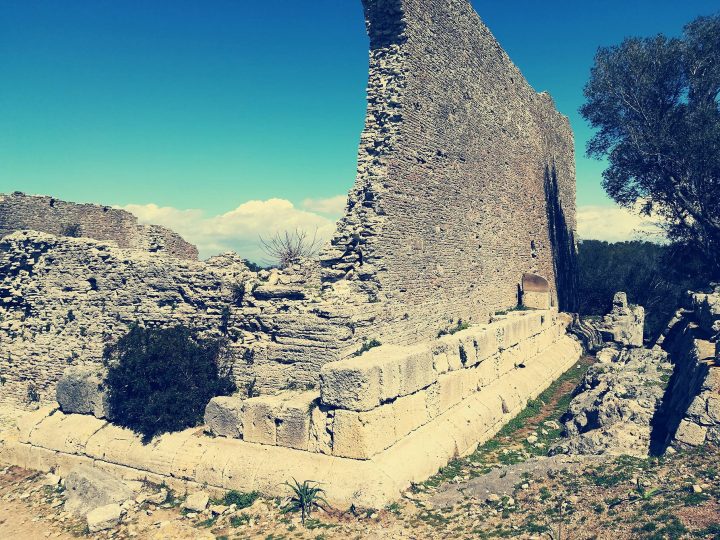The Megalithic Walls Of Cosa

Although officially attributed to the Romans, the numerous megalithic walls at Cosa suggest that this settlement was built earlier and that they used the pre-existing structures to build their settlement.
As a matter of fact, even though Cosa was a colony of Latin law founded in 273 BCE on the coast of southern Tuscany, its name probably derives from that of an ancient Etruscan center, Cusi or Cusia, identified in modern Orbetello.
Since it was already named and inhabited by the Etruscans, this alone already gives the site an origin older than the Roman period.
It stood on the rocky promontory of today’s Ansedonia, and today the site is part of the municipal area of Orbetello.
The area includes two hills, one on the east and one on the south, in a strategic position for both sea and land traffic control.
Archaeological research was initiated by the American Academy in Rome, under the direction of Frank Brown, starting in 1948.
Although there are no written records by the Romans about the construction of these polygonal walls (and no documented writings about them building any Cyclopean structure), the walls at Cosa are believed to have been built as a Roman colony around the third century BCE, to protect their settlement that was attested to be there in 273 BCE.
However, as history suggests, in many cases, the Romans occupied pre-existing megalithic structures and settled inside the cyclopean walls to gain more protection and defense from potential attacks.
As evidence that the Romans occupied a pre-existing megalithic site, is the clear distinction between the older, massive constructive style usually found at the foundation of the buildings, and the style of the Romans that built on top of them, which is strikingly different.
It is in fact quite simple to notice the difference in the size of the blocks, which in the case of the Romans are normal bricks instead of megalithic blocks.
The megalithic enclosure is about 1500 m long and partially restored, and it is in a remarkable state of conservation.
In addition to the external wall perimeter, there is also a stretch of walls to delimit the hill.
The masonry technique used is characterized by squared blocks crafted on the exposed face that adhere perfectly without the use of mortar.
The same technique is observed for the walls of Orbetello, which modern geological studies have demonstrated to have been built in a period much earlier than the Roman one.





